-
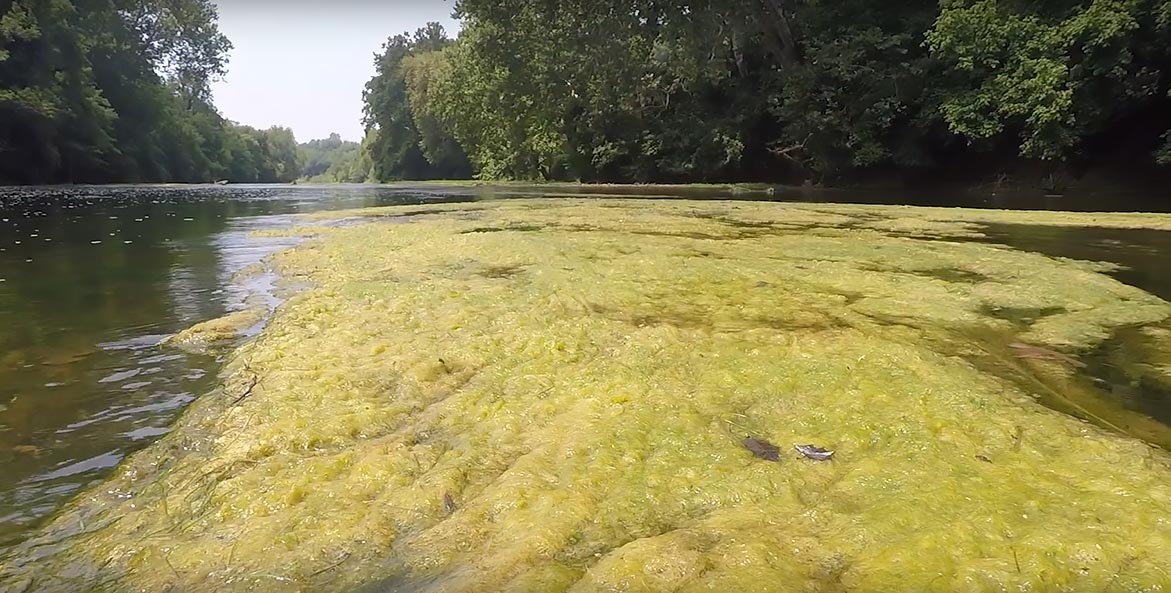
Algae Problems on the Shenandoah River’s North Fork
21 Aug 2023 00:03:05Every summer, excessive algae growth, fueled by nutrient pollution and warm temperatures, causes problems for people who spend time on the North Fork of the Shenandoah River.
-
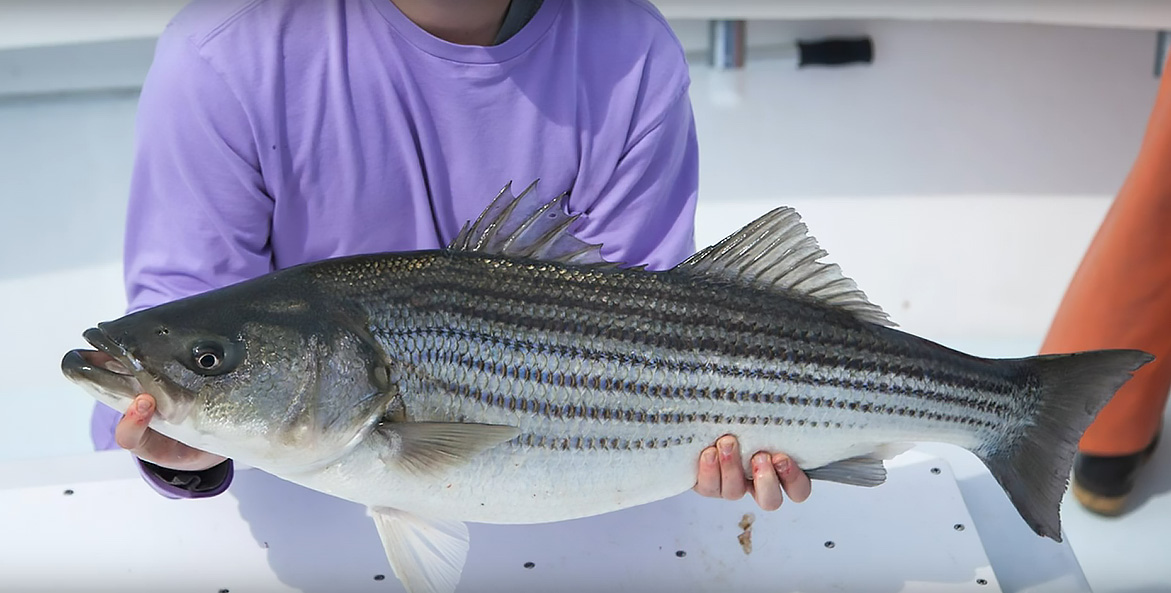
The Future of Chesapeake Bay Striped Bass
01 Aug 2023 00:01:31Data from a recent survey gives valuable insight into the future of the striped bass population and is an important tool in setting fisheries regulations. The Chesapeake Bay and its rivers form a key nursery area for striped bass, and clean water here is critical to the future of the fishery.
-
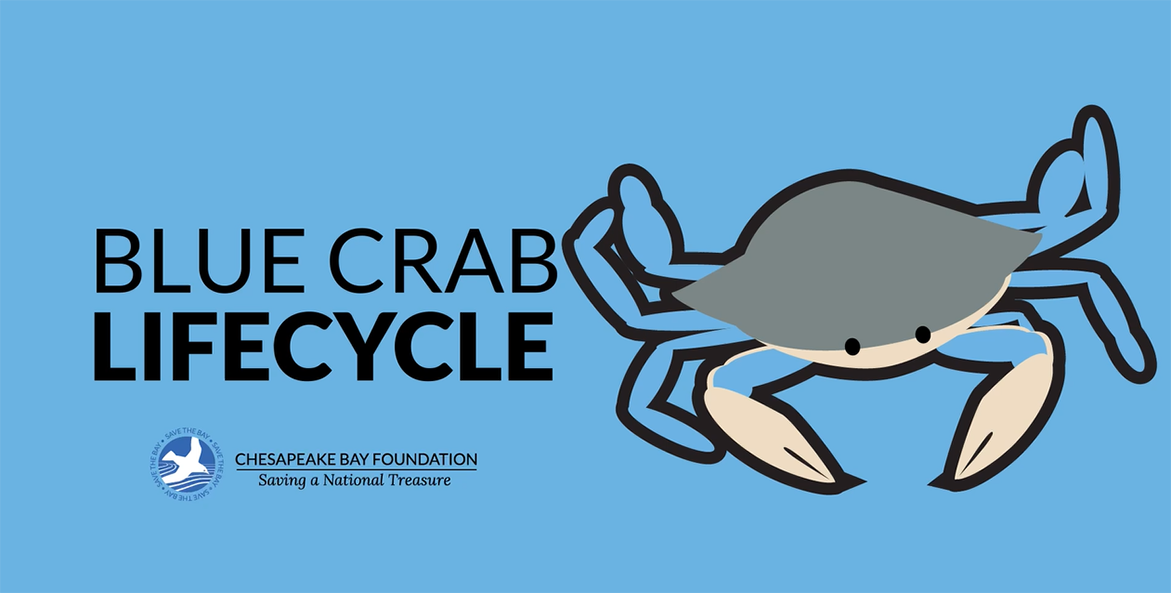
Blue Crab Lifecycle
29 Jun 2023 00:00:54Explore the lifecycle of one of the Chesapeake Bay's most iconic residents, the blue crab.
-
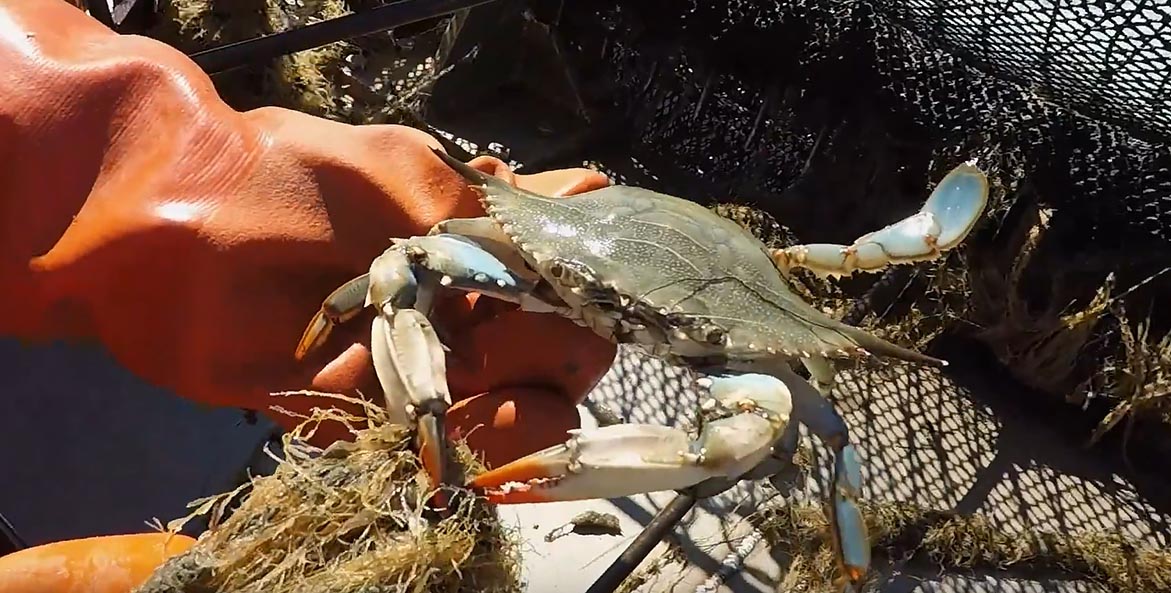
A Day on the Water with the Blue Crab Winter Dredge Survey
22 Mar 2023 00:01:32In March 2023, CBF joined researchers from the Virginia Institute of Marine Science (VIMS) for the annual Chesapeake Bay blue crab winter dredge survey.
-
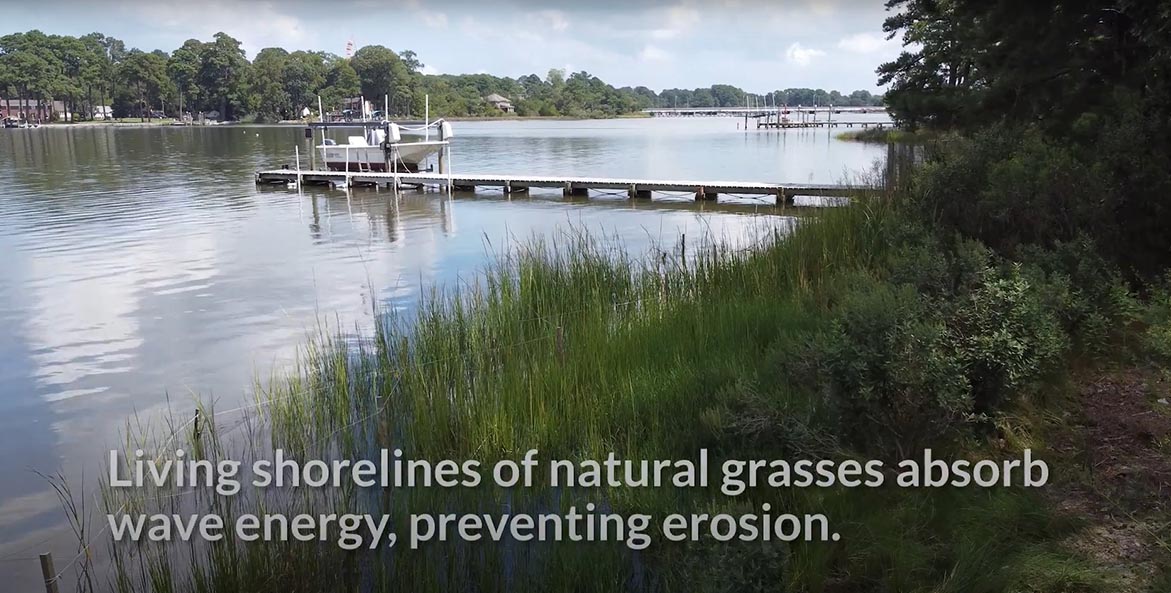
Waterfront Homeowners Fight Erosion with Living Shorelines
12 Jan 2023 00:03:17Homeowners along Virginia waterways show how living shorelines both effectively control erosion and beautify properties.
-
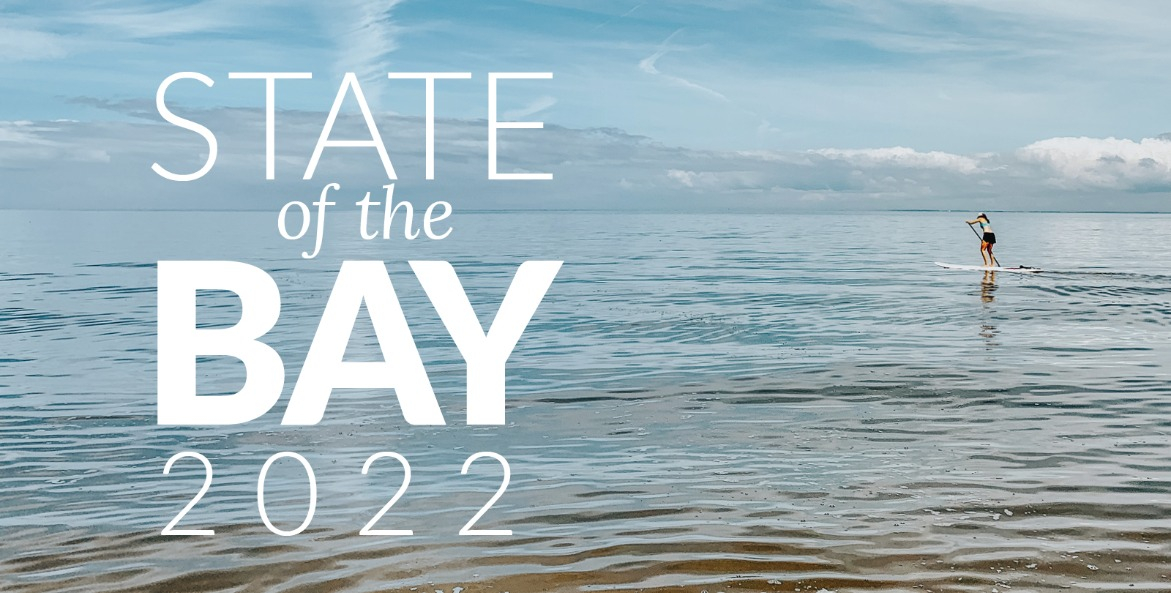
2022 State of the Bay Press Conference
05 Jan 2023 01:16:52The Chesapeake Bay Foundation released its 2022 State of the Bay report, grading the health of the Bay and its rivers at a D+, unchanged from the 2020 score. While we've made significant progress, far too much pollution continues to plague our waterways, primarily from agricultural, urban, and suburban polluted runoff. Watch this video of our press conference.
-
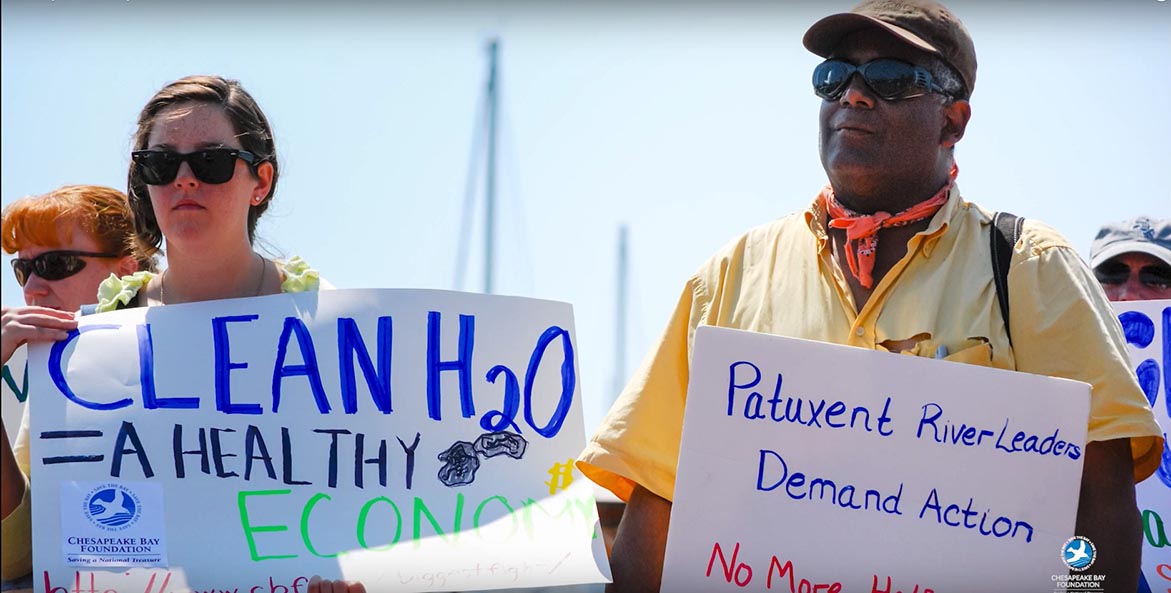
Chesapeake Bay and 50 Years of the Clean Water Act
19 Oct 2022 00:03:49When Congress enacted the Clean Water Act over President Nixon's veto in 1972, the Chesapeake Bay was suffering from significant pollution problems. Now, 50 years later, we discuss the impact of this landmark federal law on the Bay's water quality, and what work is still left to do.
-
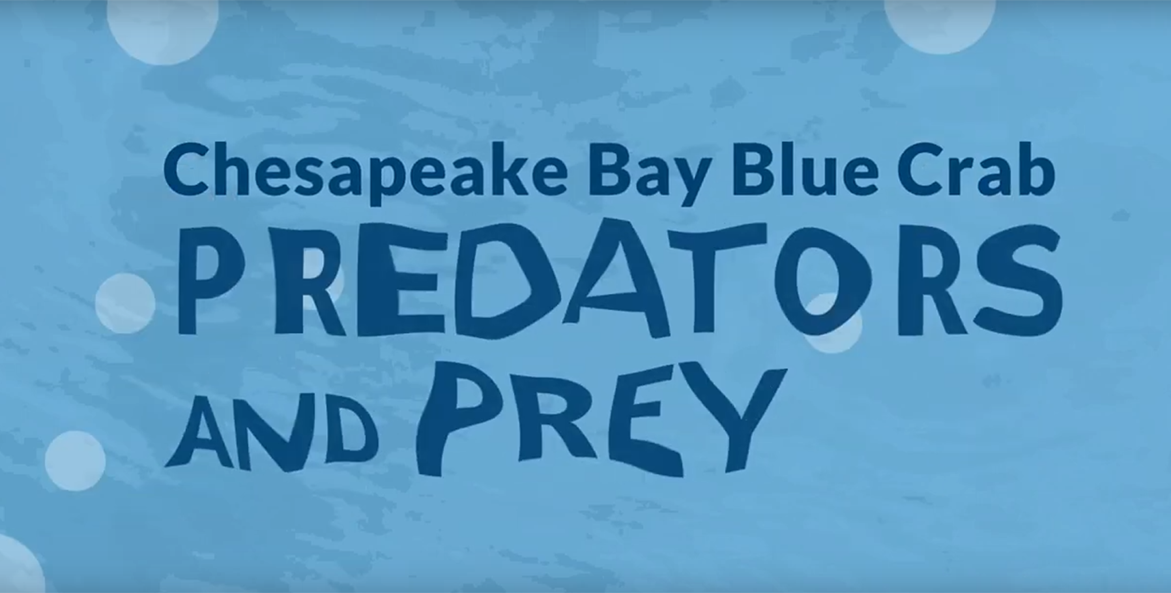
The Chesapeake Bay Blue Crab: Predators and Prey
15 Sep 2022 00:01:58 -
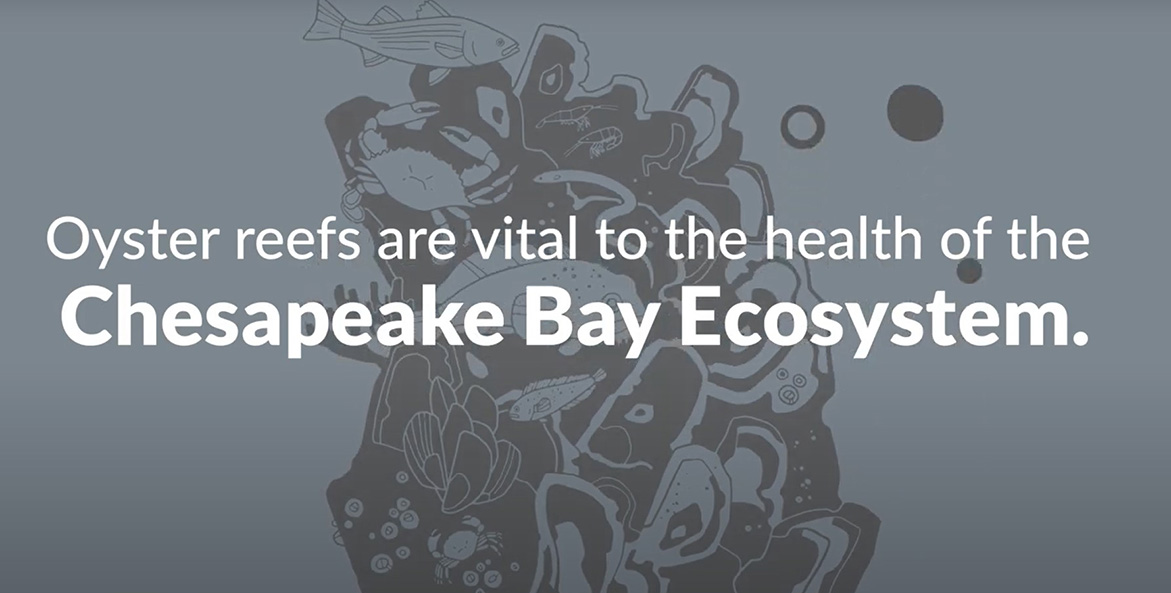
Who Lives on an Oyster Reef?
22 Jun 2022 00:01:30Oyster reefs create vital habitat for more than 300 species of Chesapeake Bay critters. Meet 10 of our favorites in this animated video.
-
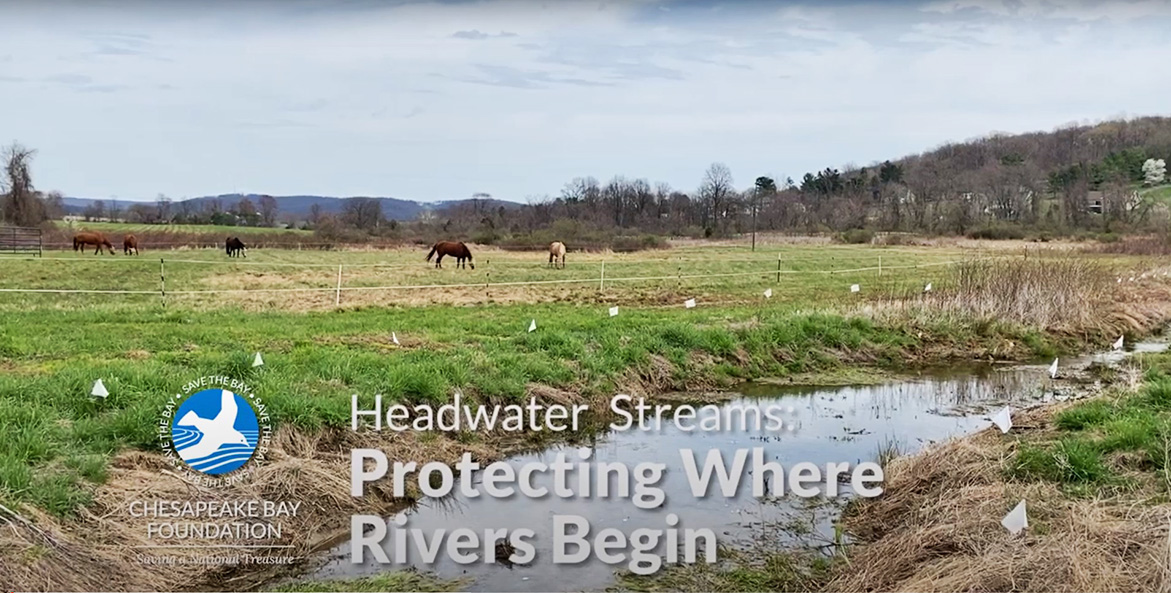
Headwater Streams: Protecting Where Rivers Begin
11 May 2022 0:03:35 -
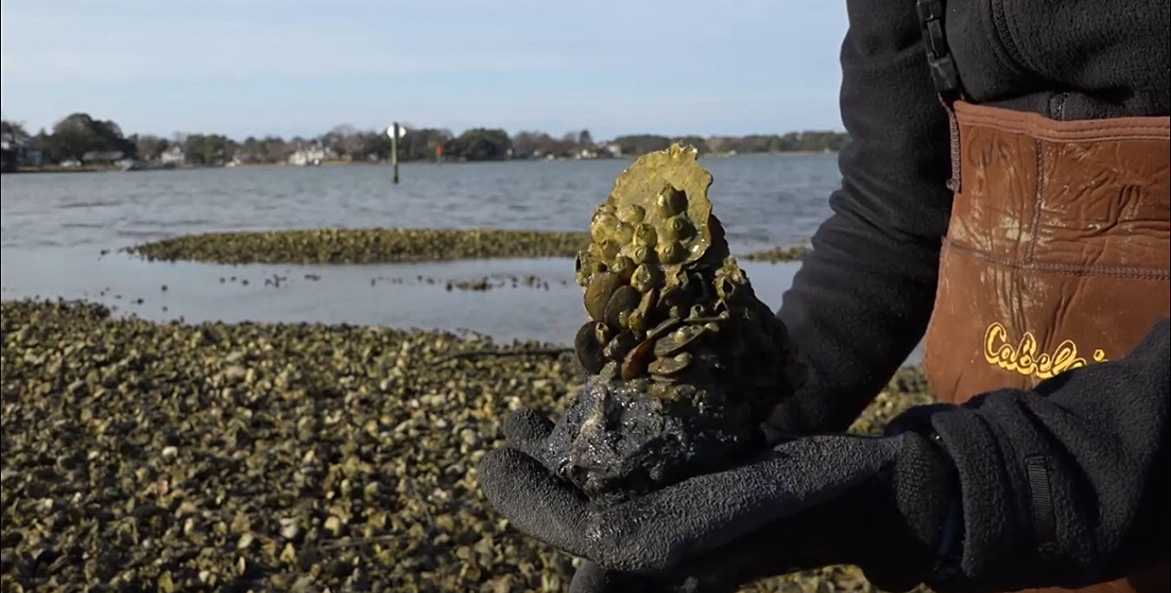
Oyster Restoration Success in the City
15 Mar 2022 00:02:14Norfolk’s Lafayette River was once polluted, but thanks to work by CBF, the Elizabeth River Project, and other partners, the river is now better known for successful oyster restoration.
-
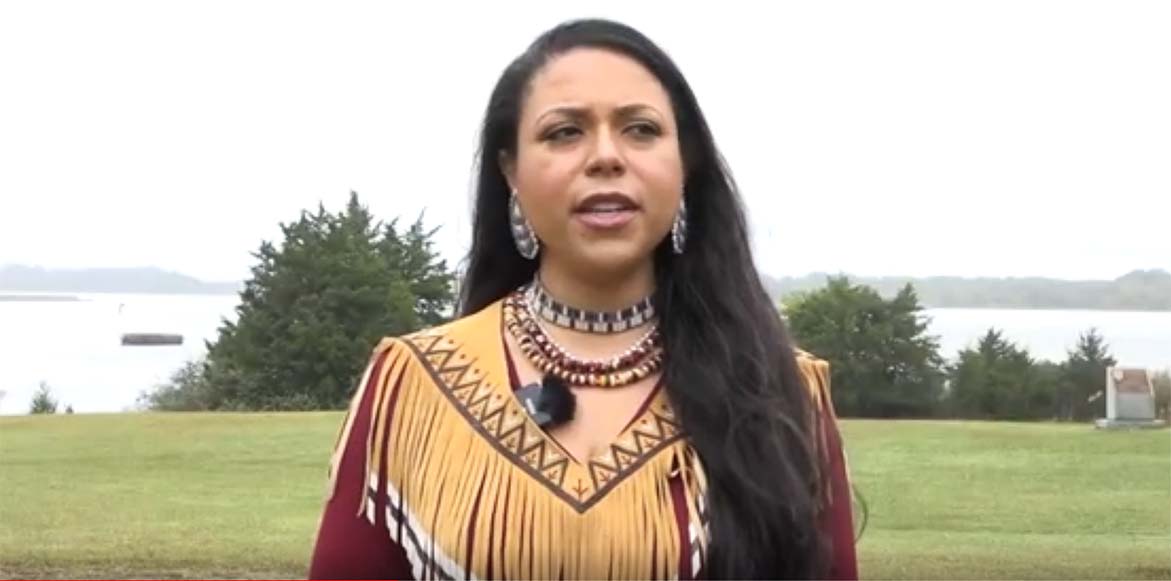
Nansemond Indian Nation: Restoring Connections Through Oysters
26 Oct 2021 00:03:30After centuries of displacement, the Nansemond Indian Nation is rebuilding connections to their ancestral waterway, raising oysters for restoration work and volunteering to build living shorelines.
-
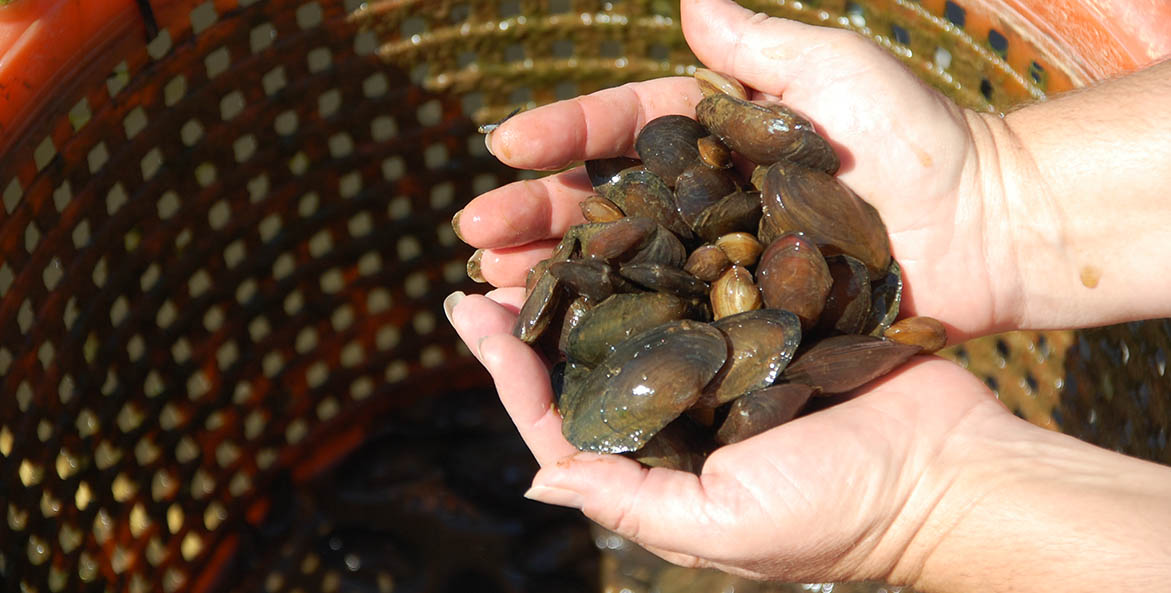
Freshwater Mussels: Unsung Heroes at Risk
16 Aug 2021 0:01:46In the rivers and streams of the Chesapeake Bay watershed, dozens of species of freshwater mussels do wild and wonderful things that remain hidden to almost everyone.
-
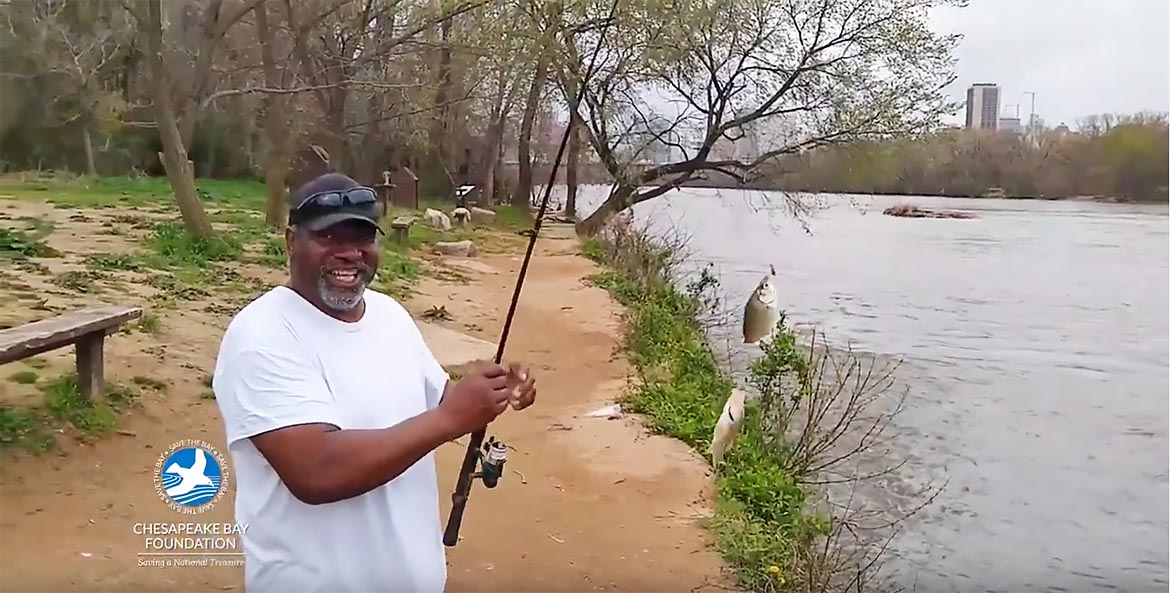
Fish and Fellowship
10 May 2021 00:02:28Every spring, anglers from all walks of life flock to the James River in Richmond as shad, perch, catfish, and more show up in great numbers. Hear from them how waterways bring us together and just plain make life better.
-
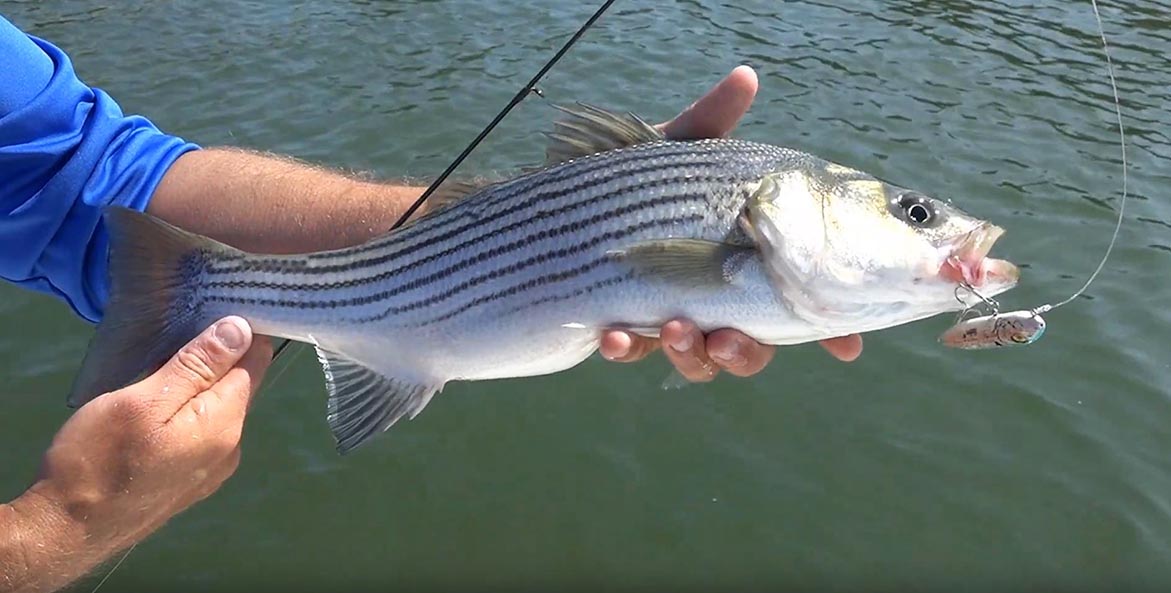
Menhaden: The Chesapeake's Unsung Hero
14 Dec 2020 00:03:58Small, silvery, and packed with nutritional might, menhaden have often been referred to as the "most important fish in the sea."
-
A Wetland in Waynesboro
10 Dec 2019 00:01:52A detention pond in the middle of Waynesboro, Virginia was transformed into a thriving wetland with the support of funding from the state's Stormwater Local Assistance Fund (SLAF).
-
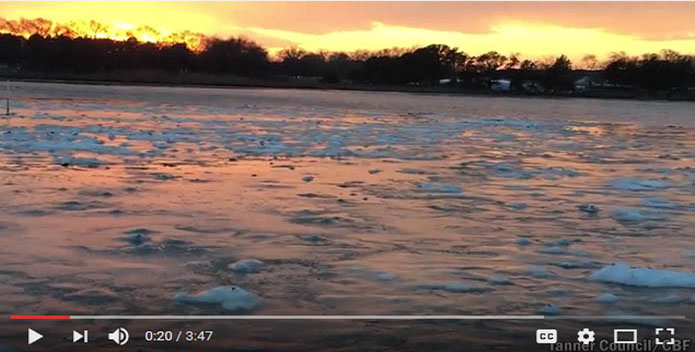
Road Salts and the Bay
21 Jan 2016 0:03:47CBF Senior Scientist Beth McGee explains how the road salts used during winter storms can affect the Bay and its rivers and streams.
-
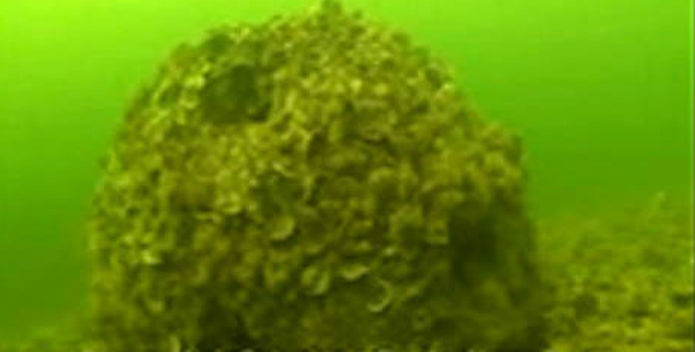
Reef Balls—Oysters' Underwater Cities
29 Jun 2010 0:02:58Reef balls are effective and safe artificial homes for oysters. They solve some key challenges to oyster restoration: the lack of hard surfaces on which oysters can grow and the ease of poaching oyster reefs.


